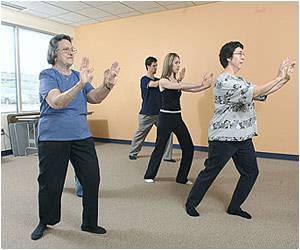- Intermittent fasting and exercise are both neuroprotective, and a transient increase in brain-derived neurotrophic factor (BDNF) appears to represent a similar link to glucose metabolism
- Six minutes of high-intensity cycling intervals elevated all circulating BDNF metrics four to five times more than extended low-intensity cycling
- High-intensity exercise is a much more efficient way to enhance BDNF circulation than one day of fasting with or without continuous mild activity
Fasting for 20 h does not affect exercise-induced increases in circulating BDNF in humans
Go to source). A short but intensive bout of cycling enhances the production of a specific protein that is crucial for brain formation, learning, and memory, and may protect the brain against age-related cognitive decline, according to new research published in The Journal of Physiology. This exercise insight is part of a larger effort to find non-pharmacological methods for healthy aging that are accessible, equitable, and affordable to anyone.
Lead author Travis Gibbons from the University of Otago, New Zealand said, “BDNF has shown great promise in animal models, but pharmaceutical interventions have thus far failed to safely harness the protective power of BDNF in humans. We saw the need to explore non-pharmacological approaches that can preserve the brain’s capacity, which humans can use to naturally increase BDNF to help with healthy aging.”
Factors Influencing Neuroprotection in the Brain
To tease apart the influence of fasting and exercise on BDNF production, researchers, from the University of Otago, New Zealand, compared the following factors to study the isolated and interactive effects:- Fasting for 20 hours,
- Light exercise (90 minutes of low-intensity cycling),
- High-intensity exercise (a six-minute bout of vigorous cycling),
- Combined fasting and exercise.
The cause of these discrepancies is unknown, and additional research is required to understand the mechanisms at work. One theory is linked to the cerebral substrate switch and glucose metabolism, which is the brain's principal fuel source. The cerebral substrate switch occurs when the brain moves from one preferred fuel source to another to meet the body's energy demands, such as metabolizing lactate rather than glucose during exercise. The brain's conversion of glucose to lactate activates pathways that result in higher BDNF levels in the blood.
The observed rise in BDNF after exercise could be attributed to an increase in the number of platelets (the smallest blood cell), which contain high amounts of BDNF. Exercise has a greater effect on platelet concentrations in the blood than fasting, increasing them by 20%. The study included 12 physically active volunteers (six males and six females, ages 18–56). The balanced ratio of male and female participants was intended to create a more accurate portrayal of the population rather than to highlight gender inequalities.
More studies are being conducted to investigate the impact of calorie restriction and exercise on BDNF and the cognitive benefits.
Reference:
- Fasting for 20 h does not affect exercise-induced increases in circulating BDNF in humans - (https://physoc.onlinelibrary.wiley.com/doi/abs/10.1113/JP283582)
















